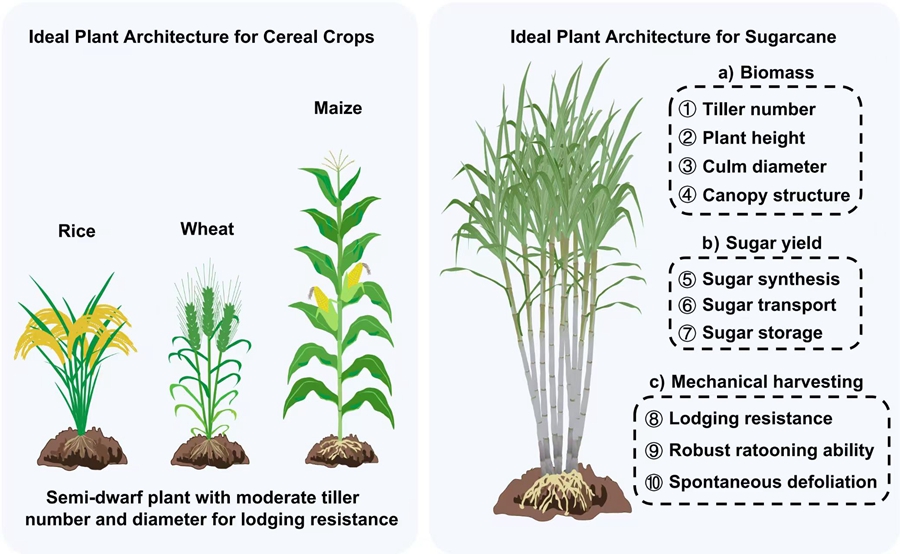2025-04-29 オックスフォード大学

Gravimeter and GPS station with Cerro Uturuncu in the background. Photo credit: Duncan Muir, Cardiff University.
<関連情報>
- https://www.ox.ac.uk/news/2025-04-29-new-study-reveals-anatomy-uturuncu-zombie-volcano
- https://www.pnas.org/doi/10.1073/pnas.2420996122
ボリビア、ウトゥルンク火山地下のマグマ水熱システムの地震学的・岩石物理学的共同解析による解明 Anatomy of the magmatic–hydrothermal system beneath Uturuncu volcano, Bolivia, by joint seismological and petrophysical analysis
Ying Liu, John Michael Kendall, Haijiang Zhang, +3 , and Patricia MacQueen
Proceedings of the National Academy of Sciences Published:April 28, 2025
DOI:https://doi.org/10.1073/pnas.2420996122
Significance
Assessing the onset, duration, and magnitude of potential volcanic eruptions requires the characterization of the spatial concentrations of melt and gas in the upper crust of a volcano. In this study, we demonstrate how combining seismology, petrology, and rock physics can reveal the internal structure and composition of the hydrothermal system, especially mapping the migration pathways of fluids and gases beneath Uturuncu volcano. Based on the characterization of the magmatic-hydrothermal system beneath Uturuncu, we deduce that it is currently at low eruption risk. This comprehensive approach not only explains why a “zombie” volcano remains active but also offers insights into its eruption potential, establishing a technique that could be applied to help evaluate eruption hazards at other active volcanoes.
Abstract
For a volcanic system, evaluating potential eruption probability requires understanding the extent of melt and gas accumulation in the upper crustal reservoir, which is challenging to resolve. Here, we jointly use geophysical imaging and petrophysical analysis to unravel the current state and pathway of gas or supercritical fluids in the upper crust beneath Uturuncu volcano in Bolivia. Although it last erupted 250 ± 5 ka ago, Uturuncu remains active with observable deformation and seismicity. To assess its current state, we have determined high-resolution isotropic and anisotropic seismic velocity structures of the volcanic system in the upper crust using local seismic networks. Combining our seismic analysis with previous geophysical imaging results and rock physics modeling, we delineate pathways of migrating fluids traveling toward the surface and a shallow gas accumulation zone beneath the crater. This fluid migration and accumulation explains why Uturuncu volcano still shows signs of activity. Our study exemplifies how seismology combined with rock physics models and petrological analysis can resolve the detailed structure and composition of a volcanic system, critical for assessing eruption hazard.



